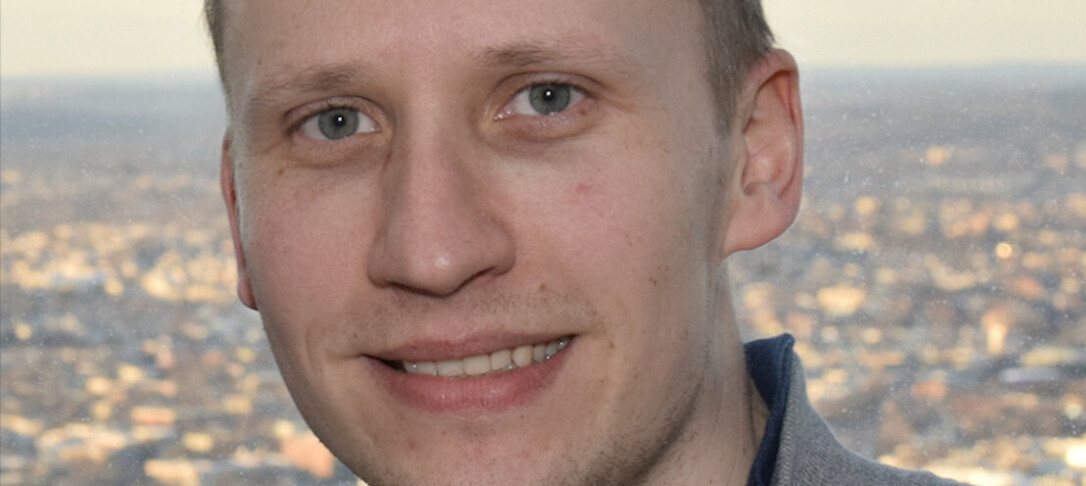
Emergent morphologies of active surfaces
Many force-generating structures in developing organisms, including the actomyosin cortex of cells and organ-lining epithelial tissues, are organised on effectively two-dimensional surfaces. A key challenge for the shape transformations such living materials are undergoing during morphogenesis is to organise locally generated active forces such that a desired global geometry robustly emerges. A popular theoretical framework that leads to the self-organisation of forces in an active material is mechano-chemical feedback, in which some ”patterning agent”, e.g. a concentration or order parameter field, tunes local active stress and is itself changing due to the generated flows or deformations. While this feedback ultimately leads to self-organised shape changes of an active surface, surprisingly little is known about the potential impact of active stresses that directly depend on the local curvature and, in particular, what role curvature-driven active stresses could play in guiding the robust generation of a desired surface geometry. Importantly, such a scenario eliminates the need for a separate patterning agent. Instead, surface curvature itself becomes the patterning agent and stationary states of curvature patterns correspond to emergent stationary surface geometries. Investigating this idea using a novel numerical approach to solve the force-and moment-balance equations of deforming active surfaces, we show in this work that the fully self-organized formation of stationary tubular, ellipsoidal and biconcave surfaces, as well as global shape transformations akin to cell division, can be controlled by homogeneous active processes that respond only to the local curvature.